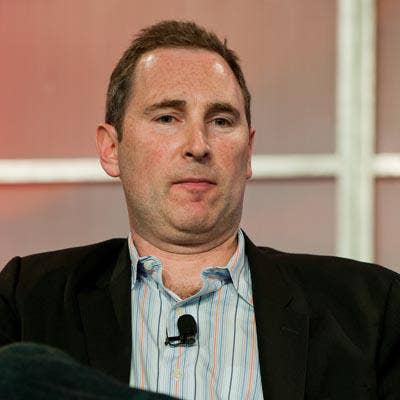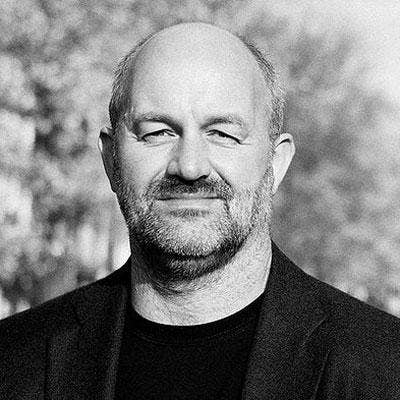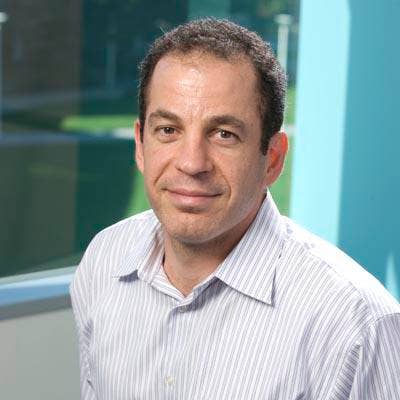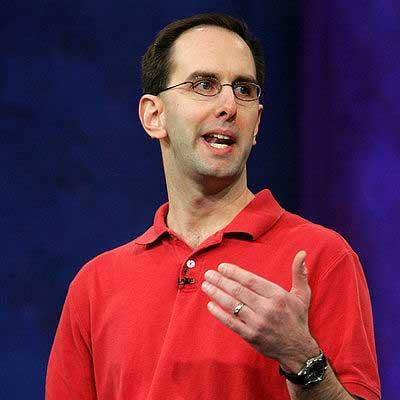Who's Steering The Cloud Strategies At Amazon, Google And Microsoft?

The Decision-Makers
Amazon Web Services rules the roost in public cloud, but Microsoft has shown a dogged determination to match its frequent price cuts while also continually upgrading its technical capabilities.
And then there's Google, which is believed to run well in excess of 1 million servers, has numerous rock star engineers, and is widely considered to possess more knowledge about massively scalable computing than any other company on the planet.
But who's providing the brain power behind these clouds? Some of the names are well-known, while others are less-high-profile types. CRN looks at the big names driving cloud success at three of the biggest players in the cloud market.

Terry Wise, Director Of Business Development, Amazon Web Services
Amazon Web Services doesn't have what would be considered a traditional, solution-provider-oriented channel, but it does work with system integrators and ISVs in all sorts of partnerish ways. And Wise, a six-year Amazon veteran, is in charge of those relationships as the vendor's channel chief.
In November, not long after AWS won a hard-fought battle with IBM over a $600 million private cloud contract with the CIA, Wise told CRN Amazon would consider similar deals with other enterprises that sought such an arrangement.
"We recognize that large customers may have unique requirements, and we will listen to them. If we feel we can serve those with a great degree of operational excellence, and a low price point ... we’ll take a look at it," Wise told CRN at the time.

Andy Jassy, Senior VP, Amazon Web Services
Jassy, an 11-year Amazon veteran, is the public face of AWS and the executive who typically communicates the vendor's cloud price cuts. Turns out that role is a busy one: AWS has cut its cloud pricing 42 times since 2008, and as Jassy often notes, these cuts are the result of the vendor's relentless push to make its data center operations more efficient.
At a conference in Las Vegas last November, where IBM hired buses with anti-AWS signage to run up and down the Strip, Jassy couldn't resist taking a jab at his rival.
"Some of the old-guard tech companies are getting a little panicky" at the rapid growth of the AWS cloud, Jassy said at the conference. "They seem to be pretty worked up about AWS."

Werner Vogels, CTO, VP, Amazon.com
Vogels is widely regarded as one of the most influential cloud thought leaders out there. He's been at Amazon since 2004 and led the charge to take the internal technical infrastructure Amazon was using to run its own business and package it to sell as cloud services to other companies. Vogels leads Amazon's technical innovation and is probably the one executive the company could least afford to lose.

Greg DeMichillie, Director, Product Management, Google Cloud Platform
DeMichillie joined Google in August 2012 after previous stints at Amazon Web Services and Adobe. He also was previously a partner group program manager at Microsoft, where he spent nine years.
It's DeMichillie's job to communicate the high-end technical features of the Google Cloud Platform to developers. At an event last month in San Francisco, he talked about Google adding support for SUSE Linux and Red Hat Enterprise Linux and enabling one-click deployment of VMs on these operating systems. He also debuted Google's "cloud DNS-as-a-service," which lets developers manage network infrastructure and DNS in one place, instead of having to use separate management tools.

Urs Holzle, SVP, Technical Infrastructure, Google
Holzle was the eighth employee hired at Google and is in charge of much of the company's technical infrastructure. He's in charge of the servers, networks, and data centers that run Google's services. He's famously focused on speed, with a reputation for constantly driving his team to make Google's search as fast as possible.
At a press conference in San Francisco last month, Holzle announced Google cloud price cuts ranging from 32 percent to 85 percent and explained that these were pegged to the falling price of hardware components.
"The pricing trend of virtualized hardware should follow the trend of real hardware. It should follow Moore's Law," Holzle said at the event. "We don't think this gap should exist."

Ari Balogh, VP, Storage and Networking Infrastructure, Google
Balogh was CTO at Yahoo and VeriSign before joining Google in 2011. He oversees Google's storage, networking applications and cloud engineering efforts. In a blog post last December to unveil Google's Compute Engine Infrastructure-as-a-Service, Balogh talked of improving the developer experience to match what Google's own engineers would expect.
In an interview with Johns Hopkins Engineering Magazine last summer, Balogh identified storage capacity, algorithms and automated detection software as keys to accurate search functionality, noting that machine learning and artificial intelligence play a key role here.
"But that's what we like at Google," Balogh said in the interview. "If it's so big we don’t know how to get it done, we're going to figure it out."

Scott Guthrie, Executive VP, Microsoft's Cloud And Enterprise Group
Guthrie, a 17-year Microsoft veteran, moved into the role vacated by Microsoft CEO Satya Nadella in February. He previously was head of Windows Azure and has for years been a popular figure in the Microsoft developer community, known for wearing his distinctive red polo shirt in public speaking appearances.
At Microsoft's Build conference earlier this month, Guthrie presided over the launch of 44 new Azure cloud services and features, many designed to make it easier for developers to code mobile and Web apps.
He also unveiled the Azure Preview Portal, which lets cloud developers build and manage their apps in a single place.

Steven Martin, GM, Windows Azure Business Planning and Strategy
Martin, a 12-year Microsoft veteran, is in charge of Windows Azure "pricing, licensing, strategy and long-range planning for Azure, according to his LinkedIn profile.
In an interview with Business Cloud News in February, Martin said Microsoft has found that developers are "not particularly great at building back-end applications," which is why Azure plays such a key role in Microsoft's cloud developer strategy.
"We see a lot of focus on UI and experience but the back-end piece is a bit of an enigma to most, which is where the Azure back-end piece comes in," Martin told Business Cloud News.

Mark Russinovich, Technical Fellow, Microsoft's Cloud And Enterprise Group
Russinovich, an eight-year Microsoft veteran, possesses more knowledge about the inner workings of Windows than a huge percentage of the earth's population. Like Scott Guthrie, Russinovich is revered in the Microsoft developer community and often shares his vast knowledge on stage at company conferences.
At Microsoft's Build conference earlier this month, Russinovich demoed a new feature that lets developers remotely debug code running in the Azure cloud using Visual Studio.